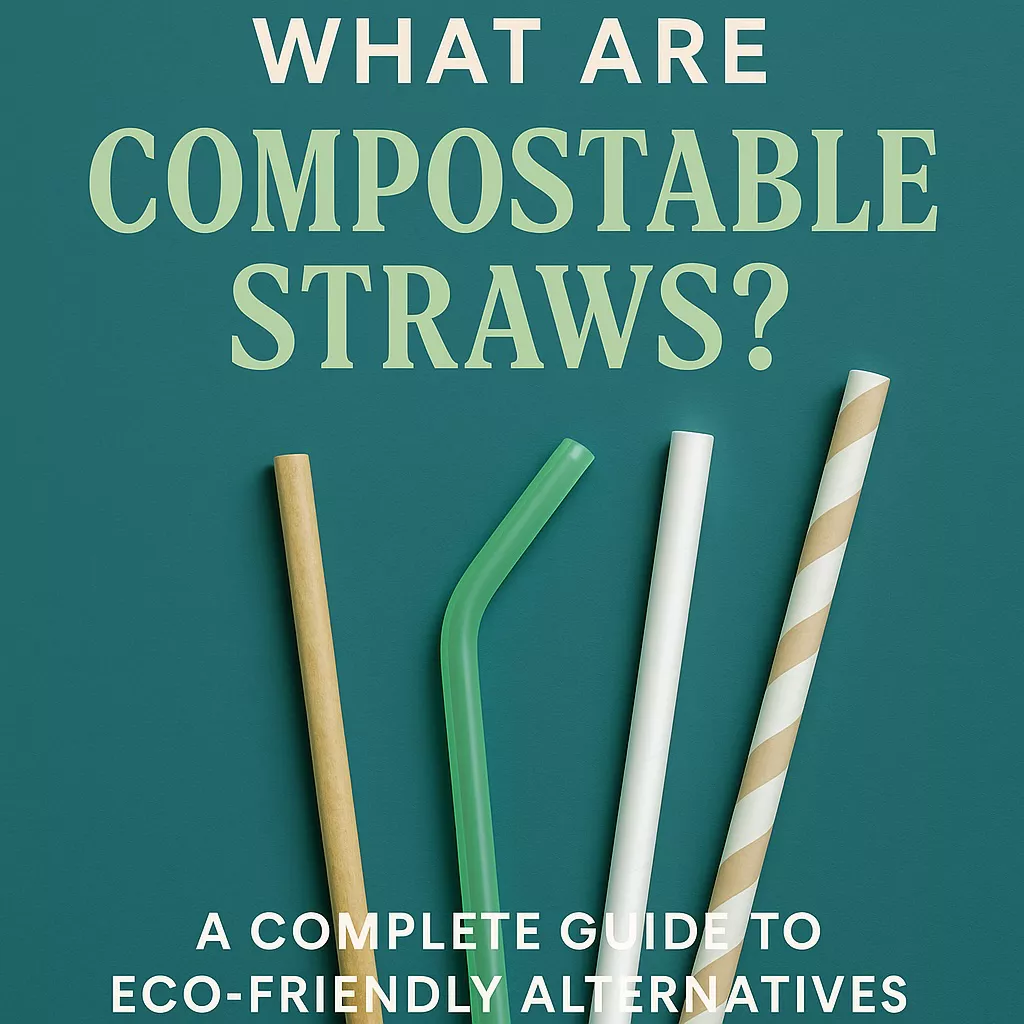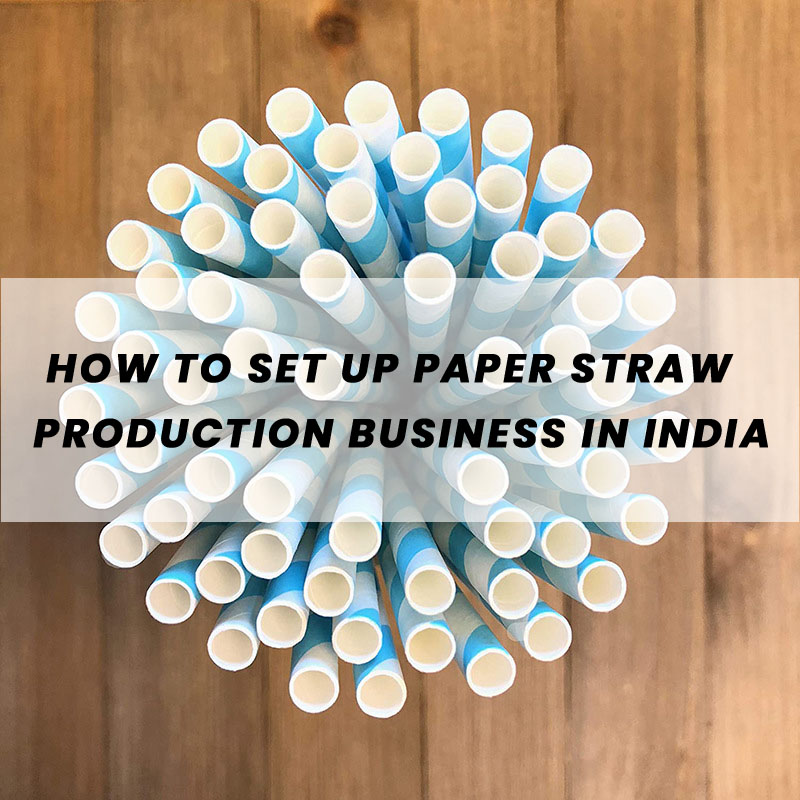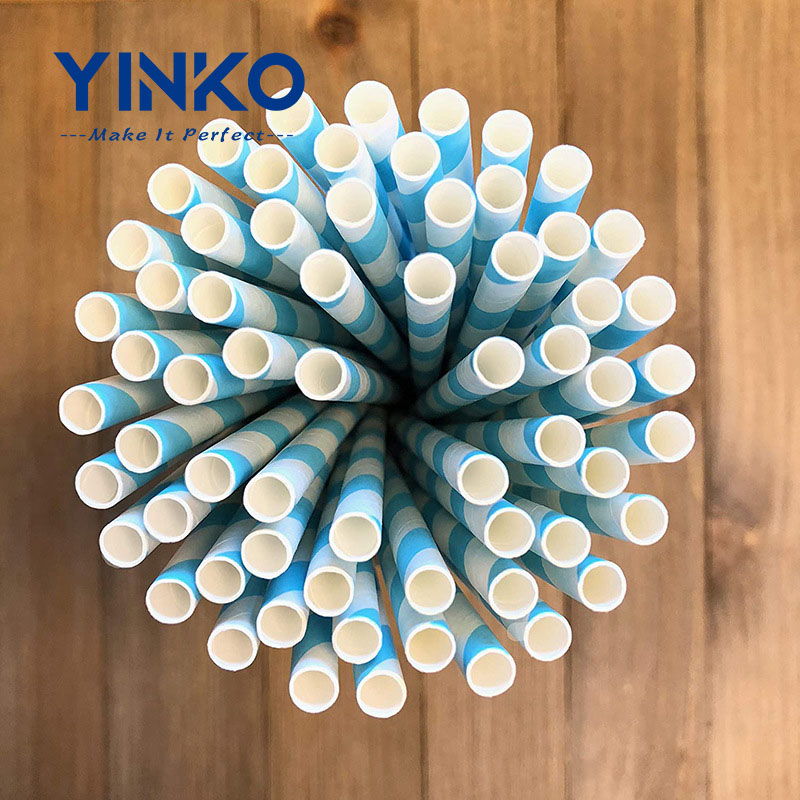 Compostable Straws Explained: Materials, Types, and Eco Benefits
Compostable Straws Explained: Materials, Types, and Eco Benefits
Jun 21, 2025
Introduction
As the world moves away from single-use plastics, compostable straws are quickly becoming a popular alternative in cafes, restaurants, and even homes. But what exactly are compostable straws? Are they truly better for the environment? And how do they compare with other eco-friendly options like biodegradable or recyclable straws?
In this article, we’ll explore everything you need to know about compostable straws—from what they’re made of to how they’re manufactured—so you can make informed choices for your business or daily life.
Compostable vs Biodegradable vs Recyclable — What’s the Difference?
Many people use the terms compostable, biodegradable, and recyclable interchangeably, but they have very different meanings.
Compostable straws break down into water, carbon dioxide, and biomass under specific conditions, usually within 90–180 days in a controlled composting facility. They leave no toxic residue.
Biodegradable straws degrade through natural processes, but the timeline can be unpredictable, and some may still leave microplastics behind.
Recyclable straws are typically made of materials that can be reprocessed, such as certain plastics or metals. However, straws are often too small and lightweight to be sorted properly in recycling systems.
Key takeaway: Compostable straws are designed to return to nature safely, making them one of the most eco-conscious options when properly disposed of.
What Materials Are Used in Compostable Straws?
Several materials are used to make compostable straws. These materials are selected for their renewability, safety, and ability to break down without harming the environment.
PLA (Polylactic Acid): A bioplastic derived from fermented plant starch, usually corn. PLA straws mimic the look and feel of plastic but require industrial composting facilities to fully degrade.
PHA (Polyhydroxyalkanoates): Sourced from microbial fermentation of plant oils or sugars. PHA straws degrade more readily—even in home composting—and are seen as a next-generation solution.
Paper: High-grade kraft or white paper, often layered and bonded with food-safe adhesives, is one of the most accessible compostable straw materials.
Bagasse: This is sugarcane pulp, a by-product of sugar production. It is fibrous, compostable, and strong enough to function well as a straw.
Wheat Straw or Bamboo: These natural, plant-based materials are used either whole or pulped into fiber. They decompose quickly and appeal to zero-waste advocates.
What Are the Most Common Compostable Straws?
Different types of compostable straws suit different needs. Here’s a look at the most widely used options:
PLA Straws: Strong, clear, and smooth, PLA straws are commonly found in cafés and fast-food chains. However, they require industrial composting conditions (over 55°C) to break down effectively.
PHA Straws: More advanced and versatile, these straws break down in marine and soil environments. They are excellent for regions with no industrial composting systems.
Paper Straws: Affordable and easy to customize with colors or logos. Their compostability is excellent, but they may soften after prolonged use.
Bagasse Straws: Natural in appearance and feel, these straws are a great zero-waste option that composts quickly.
Grass or Wheat Straws: Often made from leftover stems, these straws are stiff, attractive, and 100% biodegradable.
Each type offers unique benefits. For example, a takeaway juice bar might choose durable PLA straws, while an eco-conscious event planner might prefer rustic-looking wheat straws.
How Are Compostable Straws Made?
The manufacturing process depends on the type of material being used:
1. For Paper-Based Compostable Straws:
Paper unwinding: Large rolls of kraft paper are fed into a paper straw machine.
Gluing & rolling: The paper is layered and wound into tubes using food-safe adhesives.
Cutting: The long paper tubes are cut into straw-length segments by a paper straw cutting machine.
Drying & shaping: Straws are dried to prevent softening and can be shaped into straight or flexible forms.
This process is typically done using a paper straw making machine
2. For PLA and PHA Compostable Straws:
Extrusion: Raw pellets are melted and forced through a die using a biodegradable straw extrusion machine.
Cooling: The newly formed straws are passed through a water bath or air-cooled system.
Cutting & finishing: A rotary or blade cutter slices the straws to size.
This is accomplished using a compostable straw-making machine or a plastic extrusion machine adapted for bioplastics.
Are Compostable Straws Really Eco-Friendly?
The answer is mostly yes—but with caveats:
Proper Disposal is Key: PLA straws need to go to an industrial composting facility, which may not be available everywhere.
PHA and Paper perform better in home compost or natural environments, making them more reliably eco-friendly.
Carbon Footprint: Compostable straws, especially those from renewable sources, have a much lower carbon footprint than petroleum-based plastics.
Mislabeling Concerns: Some products are falsely labeled “compostable” without certification. Always check for recognized labels like ASTM D6400 or EN13432.
When used and disposed of correctly, compostable straws help businesses meet sustainability goals and align with eco-conscious consumers.
Where Are Compostable Straws Used?
Cafés and Restaurants: Especially those positioning themselves as eco-conscious brands.
Airports and Schools: Where bans on plastic straws are enforced.
Supermarkets and Retailers: Increasing demand for compostable alternatives in multipacks.
Export Markets: Europe, Canada, and parts of the U.S. require or incentivize compostable products.
Compostable straws are also popular among high-end beverage brands who want to showcase environmental responsibility.
Conclusion
Compostable straws represent a significant step forward in reducing plastic waste. While not a perfect solution, they offer a practical and scalable alternative when sourced, used, and disposed of properly.
If you’re considering making the switch or entering the compostable straw market, now is the time to explore options. From paper straw machines to compostable straw making machines, equipment is readily available to meet both small- and large-scale production needs.
Looking to start your own compostable straw line?
Contact us for a free consultation and discover the machines that can help bring your sustainable vision to life.
اقرأ أكثر

 Compostable Straws Explained: Materials, Types, and Eco Benefits
Compostable Straws Explained: Materials, Types, and Eco Benefits
 دليل المبتدئين لبدء عمل إنتاج القش الورقي في الهند
دليل المبتدئين لبدء عمل إنتاج القش الورقي في الهند
 ما الذي يمكن صنع المصاصات منه
ما الذي يمكن صنع المصاصات منه